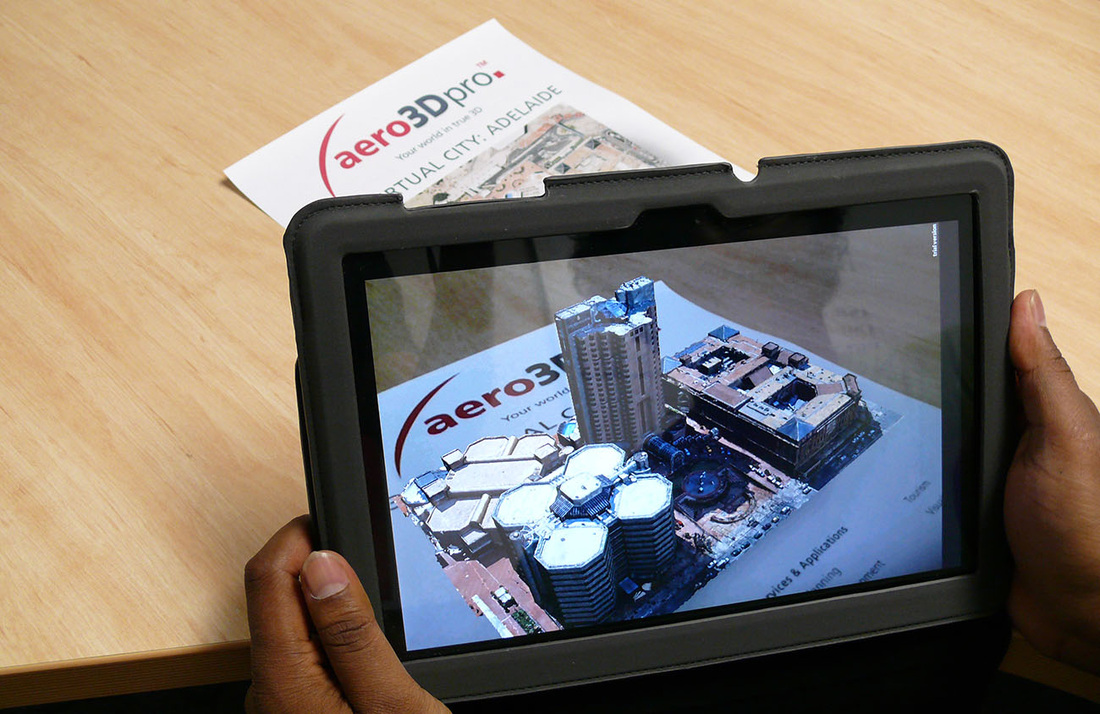Augmented reality technology gets its name from the method by which it supplements real world inputs (such as visual scenes or audible sounds) with computer generated outputs (such as graphics or enhanced audio)[1].
As with almost all innovative technologies, augmented reality is of immense importance to publishers; primarily because it potentially marks the next trend in the technological market; and where there are trends, there is profit. Another key aspect of it is that it provides an easy interactive platform to market their products. This is crucial as publishers are able to create another dimension for their advertising. Imagine you are reading a magazine and you see an augmented reality app icon. You can use the open app with said magazine and suddenly are provided with an interactive experience full of information on the given subject.
To give an example, the Japanese car manufacturer Honda developed an augmented reality system[2] by which users could view a 3D exploded view of their cars just by using this amazing technology.
As with almost all innovative technologies, augmented reality is of immense importance to publishers; primarily because it potentially marks the next trend in the technological market; and where there are trends, there is profit. Another key aspect of it is that it provides an easy interactive platform to market their products. This is crucial as publishers are able to create another dimension for their advertising. Imagine you are reading a magazine and you see an augmented reality app icon. You can use the open app with said magazine and suddenly are provided with an interactive experience full of information on the given subject.
To give an example, the Japanese car manufacturer Honda developed an augmented reality system[2] by which users could view a 3D exploded view of their cars just by using this amazing technology.
Another great use of this technology, which should be of great interest to publishers is in education. Shown below is one of the many applications that can be used to instruct and inform students in a variety of areas.
It's not all good of course. Depending on the type of image recognition software that you're using, it could use a high amount of data usage. Another disadvantage would be if your phone is not advanced enough for such technology. How do publishers reach them? What if you don't have internet access? These are questions that must be considered by all publishing companies.
The reason that this is such an important advancement in technology is because of its wide variety of uses in a wide variety of areas; for example in gaming, sports, medicine, military, TV and tourism. The main use that publishers should concern themselves with is in advertising as previously mentioned.
As with all upcoming (and of course established) technologies, augmented reality is something that publishing companies should get involved in if they wish to keep up in today's world. It is incredibly easy to fall behind nowadays and publishers that miss out on augmented reality and all its great uses could find their position in the market very compromised.
Word count: 379
The reason that this is such an important advancement in technology is because of its wide variety of uses in a wide variety of areas; for example in gaming, sports, medicine, military, TV and tourism. The main use that publishers should concern themselves with is in advertising as previously mentioned.
As with all upcoming (and of course established) technologies, augmented reality is something that publishing companies should get involved in if they wish to keep up in today's world. It is incredibly easy to fall behind nowadays and publishers that miss out on augmented reality and all its great uses could find their position in the market very compromised.
Word count: 379
References
Image 1: http://www.kzero.co.uk/wp-content/uploads/2008/08/future_search1_petitinvention.jpg
Image 2: http://aerometrex.com.au/blog/wp-content/uploads/2013/01/AR_aero3dpro.jpg
[1] Bonsor, Kevin (Feb 2001). "How Augmented Reality Works”. HowStuffWorks.com. http://www.howstuffworks.com/augmented-reality.htm - Accessed 17/11/2013
[2] http://www.youtube.com/watch?v=Htd7zdR60Q8 – Accessed 18/11/2013
Image 1: http://www.kzero.co.uk/wp-content/uploads/2008/08/future_search1_petitinvention.jpg
Image 2: http://aerometrex.com.au/blog/wp-content/uploads/2013/01/AR_aero3dpro.jpg
[1] Bonsor, Kevin (Feb 2001). "How Augmented Reality Works”. HowStuffWorks.com. http://www.howstuffworks.com/augmented-reality.htm - Accessed 17/11/2013
[2] http://www.youtube.com/watch?v=Htd7zdR60Q8 – Accessed 18/11/2013


 RSS Feed
RSS Feed